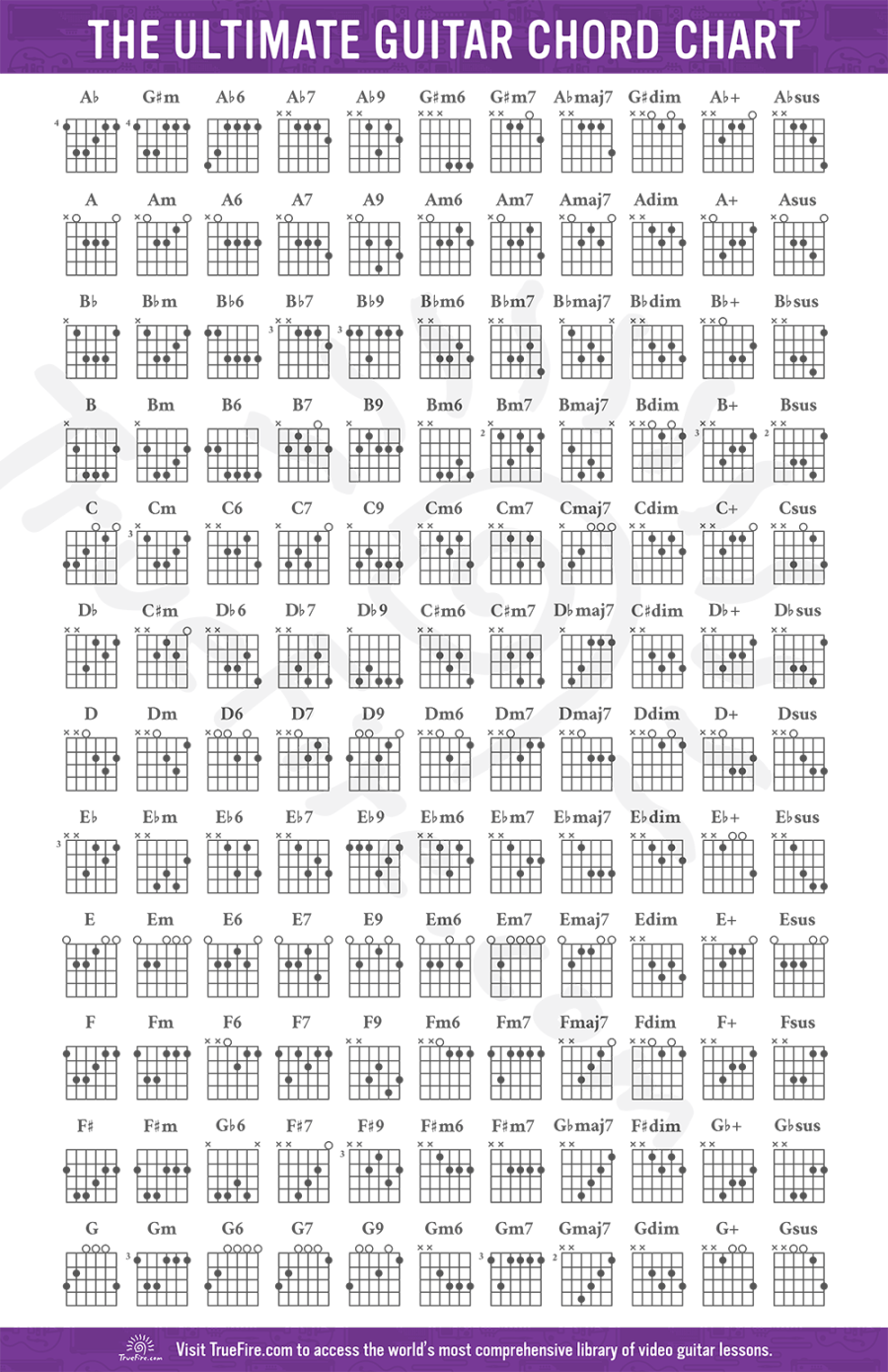—
Unlocking the Fretboard: Your Guitar Chord Dictionary Adventure
So, you’ve got a guitar. Maybe it’s an old acoustic you found in your attic, or a shiny new electric you splurged on. Either way, you’re ready to make some noise. But then you hit a wall: chords. Those weird diagrams with dots and numbers? Yeah, those. That’s where a guitar chord dictionary comes in, your trusty sidekick in the journey to musical mastery.
Think of a chord dictionary as a cheat sheet for your fingers. It’s a collection of chord diagrams, showing you exactly where to place your digits on the fretboard to create those sweet sounds. It’s like a map, guiding you through the vast landscape of guitar chords. And trust me, that landscape is huge.

Why You Need a Chord Dictionary (Seriously)
Let’s be real, memorizing every chord is a Herculean task. Even seasoned guitarists often refer to chord dictionaries. For beginners, it’s absolutely essential. Here’s why:
Learning the Basics
You’re starting out, and you want to play something recognizable. A chord dictionary lets you quickly find those basic chords like C, G, D, and A. You know, the ones that form the backbone of countless songs. You can find major and minor chords, and even some more exotic chords like augmented and diminished.
Expanding Your Repertoire
Sure, you can play “Smoke on the Water” with power chords. But what about that jazzy tune you heard, or that beautiful fingerstyle piece? A chord dictionary opens up a world of possibilities, letting you explore different genres and styles. You’ll find chords for everything from blues to classical.
Understanding Chord Theory
While a dictionary primarily shows you finger placements, it also helps you understand how chords are constructed. You’ll start to see patterns, recognize intervals, and maybe even begin to create your own chords. This is a huge step in your guitar journey.
Quick Reference During Practice
Ever get stuck on a chord progression? A dictionary is your quick fix. No more pausing your practice to Google a chord. Just flip through the pages, find what you need, and keep jamming.
Types of Chord Dictionaries: Finding Your Perfect Match
Not all chord dictionaries are created equal. You’ll find different formats and features, each catering to specific needs.
Printed Chord Books
These are the classic, old-school dictionaries. They’re portable, reliable, and don’t require batteries. They often include a wide range of chords and sometimes even basic music theory.
Online Chord Dictionaries
The internet is your friend! Websites and apps offer interactive chord diagrams, often with audio samples. You can search for specific chords, transpose them, and even create custom chord charts.
Chord Apps
These apps are like having a digital chord encyclopedia in your pocket. They often include features like chord progressions, scales, and tuners. Some even let you create your own chord libraries.
Chord Charts
Think of these as simplified chord diagrams. They’re often found in songbooks and online, showing you the basic finger placements for a specific song.
Reading a Chord Diagram: Decoding the Dots and Lines
Okay, let’s break down those weird diagrams.
Vertical Lines: These represent the strings of your guitar, from the thickest (low E) on the left to the thinnest (high E) on the right.
Learning to read these diagrams is crucial. Take your time, practice placing your fingers, and don’t be afraid to make mistakes.
Tips for Using Your Chord Dictionary Effectively
Start with the Basics: Master the open chords (C, G, D, A, E) and the basic barre chords (F, B).
Finding the Right Chord Dictionary for You
Consider your learning style and goals when choosing a dictionary. If you prefer physical books, a printed dictionary might be best. If you like interactive learning, an app or online dictionary could be a better fit.
Ultimately, the best chord dictionary is the one you’ll actually use. So, find one that’s easy to understand, comprehensive, and enjoyable to work with.
Conclusion
A guitar chord dictionary is an indispensable tool for any guitarist, from beginner to advanced. It’s your guide to unlocking the vast world of chords, helping you learn new songs, expand your musical vocabulary, and understand the fundamentals of chord theory. Don’t be intimidated by those diagrams. Embrace them, practice diligently, and you’ll be playing your favorite tunes in no time. Remember, every guitar legend started with a few basic chords and a willingness to learn. So pick up your guitar, grab your chord dictionary, and start your musical adventure. You’ll be glad you did.

